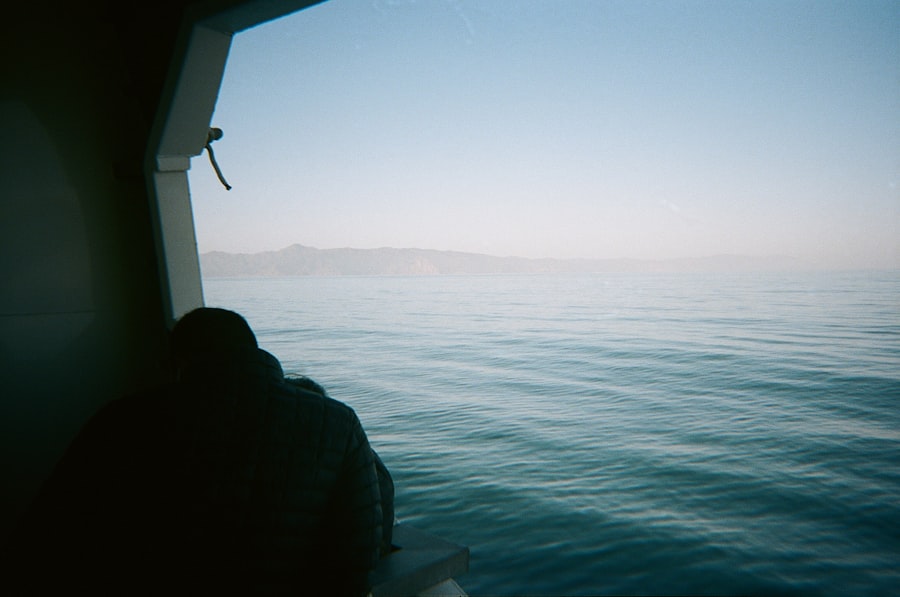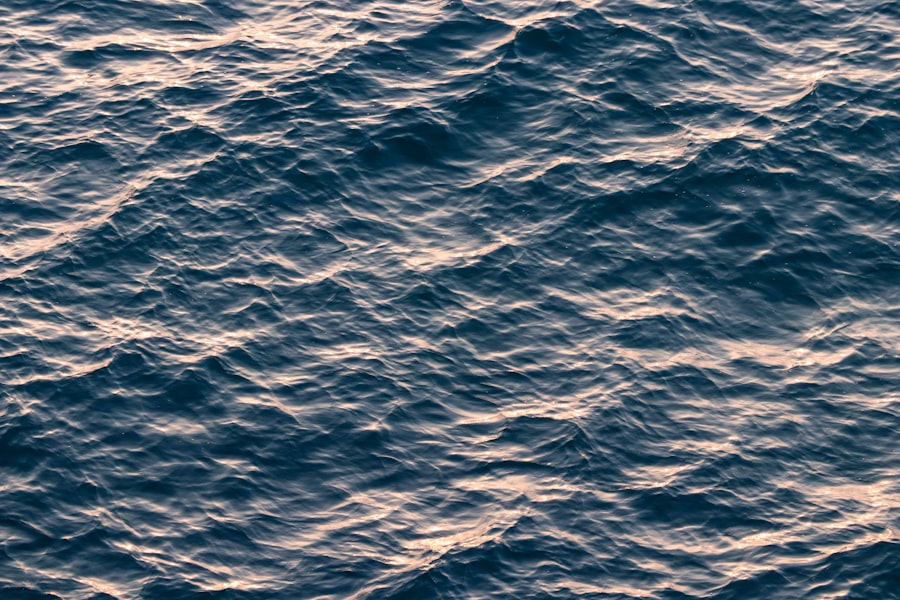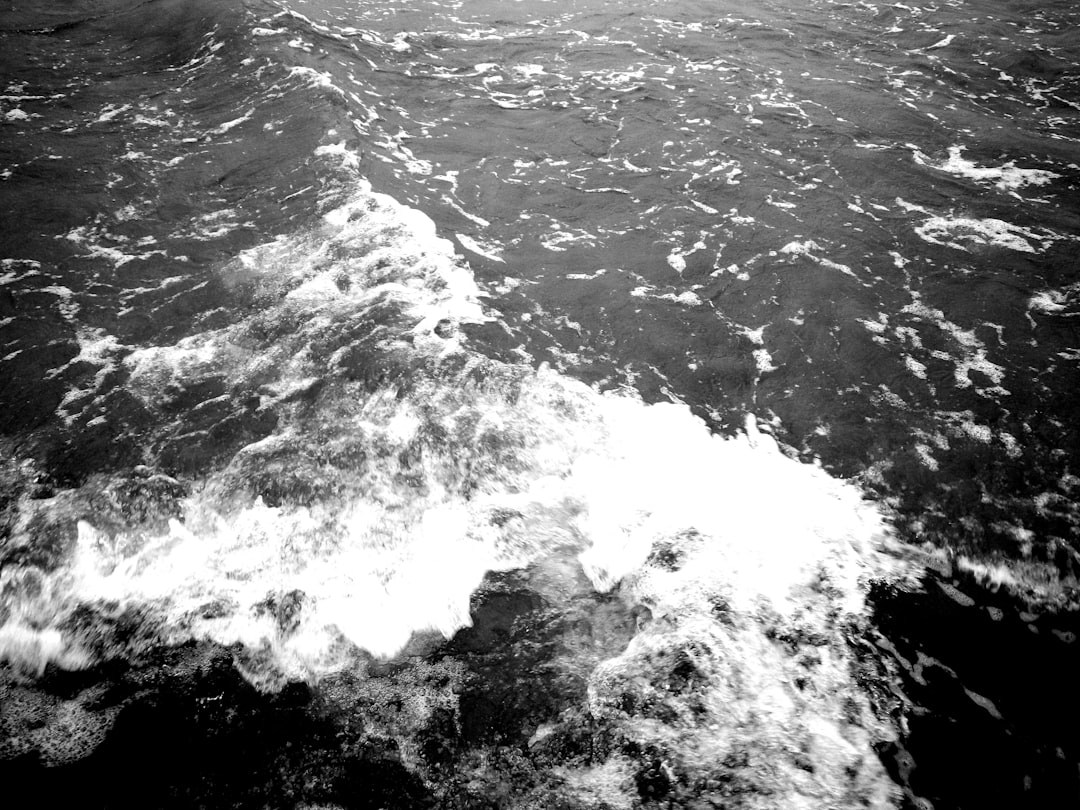Drake’s Passage, a body of water situated between the southern tip of South America and Antarctica, is renowned for its tumultuous seas and unpredictable weather. This narrow stretch of ocean, measuring approximately 800 kilometers (500 miles) wide, serves as a critical conduit for maritime traffic between the Atlantic and Pacific Oceans. Its significance extends beyond mere geography; it is a historical landmark that has shaped the course of exploration and maritime navigation.
The passage is often regarded as one of the most treacherous waterways in the world, with its fierce winds and towering waves posing formidable challenges to even the most seasoned sailors. The passage is named after Sir Francis Drake, the English explorer and privateer who became the first known person to navigate these waters in the late 16th century. His journey not only marked a significant achievement in maritime exploration but also opened up new routes for trade and discovery.
The legacy of Drake’s Passage is intertwined with tales of adventure, peril, and the relentless human spirit to explore the unknown. As one delves deeper into the history and significance of this passage, it becomes evident that it is more than just a geographical feature; it is a symbol of exploration and the enduring quest for knowledge.
Key Takeaways
- Drake’s Passage is a treacherous waterway located between South America’s Cape Horn and the South Shetland Islands of Antarctica.
- Sir Francis Drake was a renowned English explorer and privateer who navigated Drake’s Passage during the 16th century, leaving a lasting impact on maritime history.
- Drake’s motivations for voyaging through the passage included seeking new trade routes, plundering Spanish ships, and expanding England’s influence in the New World.
- The Drake Passage is known for its extreme weather conditions, including strong winds, rough seas, and icebergs, making it one of the most challenging maritime routes in the world.
- Drake’s Passage played a significant role in the exploration of Antarctica and the Southern Ocean, shaping the course of future expeditions and discoveries.
The Life and Times of Sir Francis Drake
Sir Francis Drake was born around 1540 in Tavistock, Devon, England. He emerged from humble beginnings to become one of the most celebrated figures in maritime history. As a young man, he developed a passion for the sea, which led him to become a skilled navigator and sailor.
His early career was marked by privateering, where he gained experience raiding Spanish ships and settlements in the Caribbean. This not only enriched him but also earned him a reputation as a formidable adversary to Spain, which was then the dominant maritime power. Drake’s most notable achievement came in 1577 when he embarked on an expedition to circumnavigate the globe.
This daring voyage took him through the treacherous waters of the Strait of Magellan and into the vast expanse of the Pacific Ocean. His journey was fraught with challenges, including hostile encounters with indigenous peoples and the ever-present threat of Spanish naval forces. However, Drake’s determination and navigational skills allowed him to return to England in 1580, making him a national hero and earning him knighthood from Queen Elizabeth
The Motivations Behind Drake’s Voyage

The motivations driving Sir Francis Drake’s voyage were multifaceted, reflecting both personal ambition and broader geopolitical dynamics. One primary motivation was the pursuit of wealth. The late 16th century was a time of intense competition among European powers for dominance in trade and colonization.
Spain had amassed great riches from its colonies in the Americas, and Drake sought to tap into this lucrative market by targeting Spanish ships laden with gold and silver.
In addition to financial gain, Drake was motivated by a desire for adventure and exploration.
The age of discovery was characterized by an insatiable curiosity about the world beyond Europe. Drake’s ambition to circumnavigate the globe was fueled by a longing to chart unknown territories and expand the horizons of human knowledge. He was driven by a sense of duty to his country, seeking to enhance England’s standing in global affairs by challenging Spain’s dominance.
This blend of personal ambition, national pride, and a thirst for discovery propelled Drake into uncharted waters, ultimately leading him through the perilous Drake’s Passage.
The Perils of the Drake Passage
| Metrics | Value |
|---|---|
| Wave Height | 10 meters |
| Wind Speed | 100 km/h |
| Temperature | -5°C |
| Iceberg Density | High |
Navigating Drake’s Passage is fraught with peril, earning it a reputation as one of the most dangerous maritime routes in existence. The passage is notorious for its extreme weather conditions, characterized by fierce winds that can reach speeds of over 100 kilometers per hour (62 miles per hour). These winds create massive waves that can tower up to 30 meters (98 feet) high, making navigation exceedingly treacherous.
Sailors venturing into these waters must be prepared for sudden storms that can arise without warning, turning calm seas into chaotic turmoil. The geographical features of the passage further contribute to its dangers. The convergence of cold Antarctic waters with warmer currents from the north creates unpredictable sea conditions that can challenge even the most experienced mariners.
Additionally, icebergs calving from glaciers pose significant hazards to vessels traversing these waters. The combination of these factors has led to numerous shipwrecks and maritime disasters throughout history, reinforcing the notion that Drake’s Passage is not for the faint-hearted.
The Impact of Drake’s Passage on Exploration
Drake’s Passage has had a profound impact on maritime exploration and trade routes since its discovery. The successful navigation of this treacherous waterway opened up new possibilities for explorers seeking to reach Antarctica and beyond. It served as a gateway for subsequent expeditions aimed at charting uncharted territories and expanding knowledge about the southern hemisphere.
The passage became a crucial route for whalers, sealers, and explorers during the 19th century, facilitating access to resources that were previously unattainable. Moreover, Drake’s Passage played a pivotal role in shaping global trade patterns. As maritime nations sought to establish trade routes with Asia and other regions, the passage became an essential link between the Atlantic and Pacific Oceans.
Its strategic importance was recognized by various naval powers, leading to increased naval presence in the region. The passage not only facilitated commerce but also fostered cultural exchanges between different civilizations as explorers ventured into new territories.
The Legacy of Drake’s Passage

The legacy of Drake’s Passage extends far beyond its geographical significance; it embodies the spirit of exploration and human resilience in the face of adversity. Sir Francis Drake’s successful navigation through these perilous waters has inspired countless adventurers and explorers throughout history. His achievements are celebrated as milestones in maritime history, symbolizing humanity’s relentless pursuit of knowledge and discovery.
In contemporary times, Drake’s Passage continues to be a focal point for scientific research and environmental studies. Researchers are drawn to this unique marine ecosystem to study its biodiversity and understand the impacts of climate change on polar regions. The passage serves as a reminder of humanity’s interconnectedness with nature and the importance of preserving these fragile ecosystems for future generations.
As such, it stands as both a historical landmark and a living testament to the ongoing quest for understanding our planet.
The Geography and Climate of Drake’s Passage
Drake’s Passage is characterized by its unique geographical features that contribute to its notoriety as a challenging maritime route. Bordered by Cape Horn to the north and Antarctica to the south, this passage is defined by its deep oceanic trenches and strong currents. The underwater topography includes steep continental shelves that drop sharply into deep ocean basins, creating conditions conducive to turbulent waters.
The climate in Drake’s Passage is equally formidable, influenced by its proximity to Antarctica. The region experiences extreme weather patterns, with cold air masses colliding with warmer currents from the north. This interaction results in frequent storms and rapidly changing weather conditions that can catch sailors off guard.
The passage is often shrouded in fog, further complicating navigation efforts. Understanding these geographical and climatic factors is essential for anyone attempting to traverse this challenging waterway.
The Wildlife of Drake’s Passage
Despite its harsh conditions, Drake’s Passage is home to a diverse array of marine wildlife that has adapted to thrive in this unforgiving environment. The nutrient-rich waters support an abundance of krill, which serves as a vital food source for various species, including whales, seals, and seabirds. Among the most iconic inhabitants are humpback whales, orcas, and blue whales, which migrate through these waters in search of food during certain seasons.
Seabirds also play a significant role in the ecosystem of Drake’s Passage. Species such as albatrosses and petrels are commonly spotted soaring above the waves, utilizing their impressive wingspans to glide effortlessly over long distances. These birds are not only remarkable for their ability to navigate vast ocean expanses but also serve as indicators of environmental health in this sensitive region.
The wildlife of Drake’s Passage exemplifies nature’s resilience and adaptability in one of the most challenging habitats on Earth.
The Modern-Day Significance of Drake’s Passage
In contemporary times, Drake’s Passage remains significant not only for its historical context but also for its role in modern maritime activities. It serves as a critical route for research vessels conducting scientific studies in Antarctica and surrounding regions.
Additionally, tourism has emerged as an important aspect of modern-day significance for Drake’s Passage. Adventure tourism has gained popularity among travelers seeking unique experiences in remote locations. Cruise ships now navigate these waters, offering passengers opportunities to witness breathtaking landscapes and encounter wildlife up close.
However, this influx of tourism raises concerns about environmental sustainability and the potential impact on fragile ecosystems.
The Challenges of Navigating Drake’s Passage
Navigating through Drake’s Passage presents numerous challenges that require careful planning and expertise from mariners. One primary concern is weather unpredictability; storms can develop rapidly, creating hazardous conditions that can jeopardize even well-equipped vessels. Sailors must remain vigilant and adaptable, constantly monitoring weather forecasts while being prepared for sudden changes.
Another challenge lies in managing vessel safety amidst icebergs and other obstacles that may drift into shipping lanes. Mariners must possess advanced navigational skills to avoid collisions while ensuring their vessels remain seaworthy in turbulent waters. Additionally, understanding local currents is crucial for efficient navigation; miscalculating these factors can lead to delays or dangerous situations at sea.
Reflecting on the Terrifying Passage of Drake
Drake’s Passage stands as a testament to human courage and determination in exploring some of Earth’s most formidable frontiers. From Sir Francis Drake’s historic voyage through these treacherous waters to modern-day expeditions seeking knowledge about our planet’s changing climate, this passage has shaped maritime history in profound ways. Its legacy endures not only through tales of adventure but also through ongoing scientific research aimed at understanding our environment.
As one reflects on the terrifying yet awe-inspiring nature of Drake’s Passage, it becomes clear that it embodies both challenges and opportunities for exploration. It serves as a reminder that while nature can be unforgiving, it also holds immense beauty and wonder waiting to be discovered by those willing to brave its depths. In navigating these waters—past or present—humanity continues its quest for knowledge while honoring those who dared to venture into the unknown.
Drake’s Passage, the treacherous stretch of water between the southern tip of South America and Antarctica, is notorious for its unpredictable weather and tumultuous seas, making it a daunting route for sailors and adventurers alike. The passage’s fearsome reputation is due to the confluence of the Atlantic, Pacific, and Southern Oceans, which creates powerful currents and massive waves. For those interested in understanding more about the geographical and environmental factors that contribute to the perilous nature of Drake’s Passage, a related article can be found on MyGeoQuest. This article delves into the unique challenges posed by this infamous maritime route and offers insights into why it remains one of the most feared passages in the world. For more information, you can read the article on MyGeoQuest.
WATCH NOW! Drake Passage: Earth’s Deadliest Waters Revealed
FAQs
What is Drake’s Passage?
Drake’s Passage, also known as the Drake Passage, is the body of water between the southern tip of South America and the northern tip of the Antarctic Peninsula. It connects the southwestern part of the Atlantic Ocean with the southeastern part of the Pacific Ocean.
Why is Drake’s Passage so scary?
Drake’s Passage is known for its notoriously rough and unpredictable seas. The convergence of the Atlantic, Pacific, and Southern oceans creates strong winds and powerful currents, leading to rough and stormy conditions. The area is also known for its extreme weather, including frequent storms and high waves, making it a challenging and potentially dangerous passage for ships and vessels.
What are the dangers of crossing Drake’s Passage?
The main dangers of crossing Drake’s Passage include rough seas, strong winds, and extreme weather conditions. The area is prone to intense storms and high waves, which can pose significant risks to ships and vessels. The unpredictable nature of the passage can also make navigation difficult, adding to the potential dangers for those crossing the area.
How do ships navigate Drake’s Passage?
Ships crossing Drake’s Passage typically use advanced navigation systems and weather forecasting to plan their routes and minimize the risks associated with the passage. Many ships also employ experienced captains and crew members who are familiar with the challenges of the area and can make informed decisions to ensure safe navigation. Additionally, some ships may choose to travel during specific times of the year when the weather conditions are expected to be more favorable.
